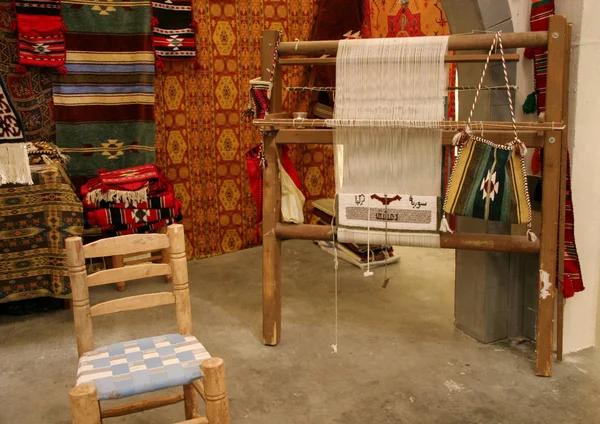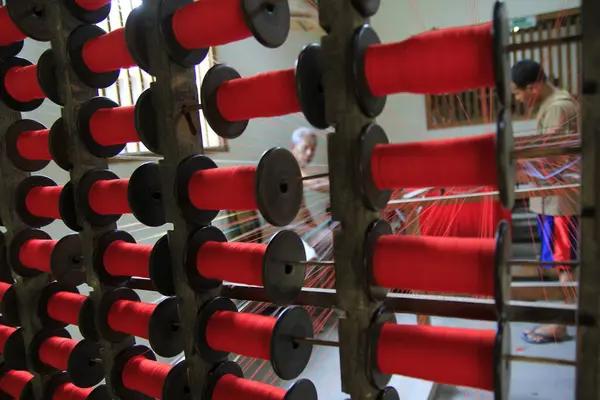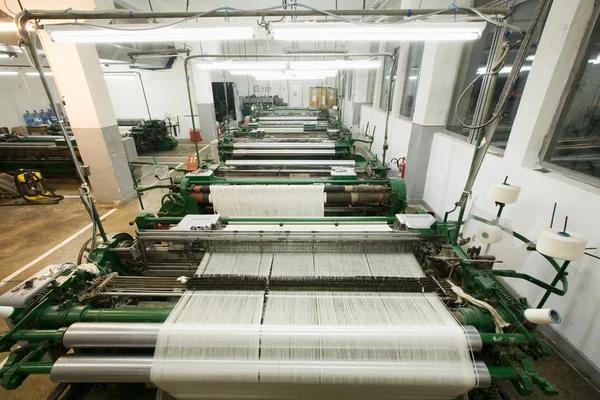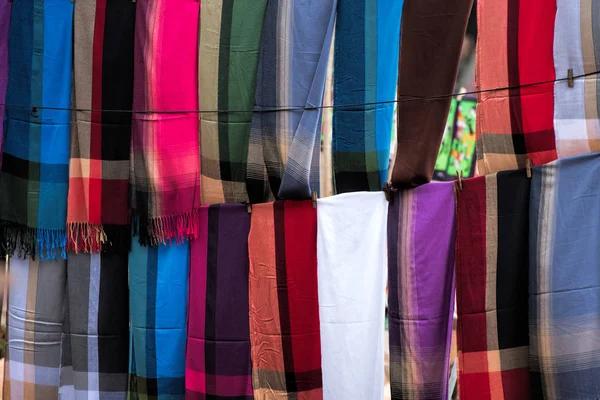Textile research plays hihiweb.com an indispensable role in the evolution and innovation of fashion. It is through this scientific investigation that new materials, techniques, and applications are discovered, reshaping the landscape of fashion design and production. The importance of textile research cannot be overstated as it serves as a critical bridge between traditional methods and modern technology.
In essence, textile research involves studying different types of fabrics to understand their properties such as strength, durability, elasticity, comfortability, and aesthetics. This information is then used to create innovative designs or improve existing ones. For instance, researchers may develop a fabric that is more zibasec.com durable than cotton but just as comfortable – a breakthrough that could revolutionize everyday clothing.
One significant area where textile research has made substantial contributions is in the development of sustainable fabrics. As environmental concerns continue to grow globally, there’s an aimerseweb.com increasing demand for eco-friendly alternatives in fashion. Through textile research, we’ve seen the introduction of organic cottons and recycled polyesters which have significantly reduced the industry’s carbon footprint.
Moreover, advancements from textile research have also led to performance-enhancing fabrics often used in sportswear. These include moisture-wicking hygoknives.com materials that draw sweat away from the body during strenuous activities or thermal-insulating textiles designed for cold-weather gear.
Another exciting frontier opened by textile research is smart textiles or e-textiles – materials embedded with digital components like sensors or batteries. These innovative products can monitor heart rate or temperature changes sedrait.com making them ideal for fitness enthusiasts or medical patients alike.
Furthermore, exploring new dyeing techniques through textile research can lead eduartemethod.com to less water consumption bestrollformingmachinery.com during production processes while still maintaining vibrant colors on garments – another win internlaeyemusic.com for sustainability efforts within the industry.
The importance of this discipline extends beyond material development; it also offers insights into cultural heritage preservation by studying traditional textiles’ historical significance and craftsmanship techniques.
Textile researchers work closely with designers who use these findings to inform their creative process resulting in original designs that push the boundaries of fashion. This symbiotic relationship between research and design is what keeps the industry dynamic, constantly evolving, and relevant.
In conclusion, textile research is a vital cog in the wheel of fashion innovation. It not only provides new materials for designers to experiment with but also propels sustainability efforts within the industry. Additionally, it helps preserve cultural heritage by studying traditional textiles while simultaneously paving way for future-forward concepts like smart textiles. As we continue to navigate an increasingly complex world where environmental concerns intersect with technological advancements and aesthetics, textile research will remain an essential tool for driving fashion forward into uncharted territories.





